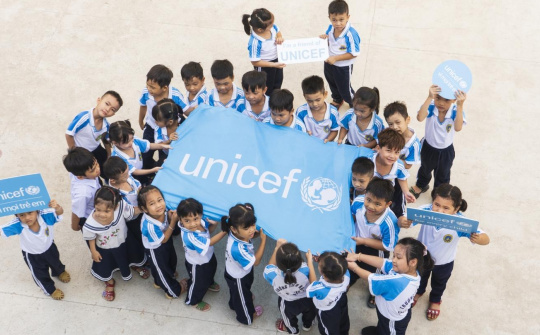This is part of Viet Nam's efforts in realizing its commitment at COP 26 for net-zero emissions by 2050.
The plan aims to apply sustainable farming process to increase value and enhance sustainable development of the rice industry, and improve production and business efficiency, income and life of rice farmers.
The plan also targets to protect the environment, adapt to climate change and reduce greenhouse gas emissions, with a view to making contribution to implementing Viet Nam's international commitments on climate.
Specifically, Viet Nam's post-harvest losses will account for 10 percent of rice production.
All of the straw will be collected from the fields and processed for reuse with an aim to reduce greenhouse gas emissions by over 10 percent compared to traditional rice farming.
Added value in the rice chain will increase by 40 percent, of which the profit margin for rice growers will reach over 50 percent.
The first phase of the program will be carried out during 2024-2025 while the second phase will be realized from 2026-2030 in 12 localities in the Mekong Delta, namely An Giang, Kien Giang, Dong Thap, Long An, Soc Trang, Can Tho, Bac Lieu, Tra Vinh, Hau Giang, Ca Mau, Tien Giang and Vinh Long.
Data from the General Statistics Office shows that in the first 10 months of 2023, Viet Nam exported more than 7.1 million tons of rice, worth nearly US$4 billion, an increase of 17 percent in volume and an increase of 35 percent in value over the same period in 2022. After only 10 months, rice export value reached the highest level, at least since 2009.
Viet Nam is the world's third-largest rice exporter, after India and Thailand./.
by VGP






